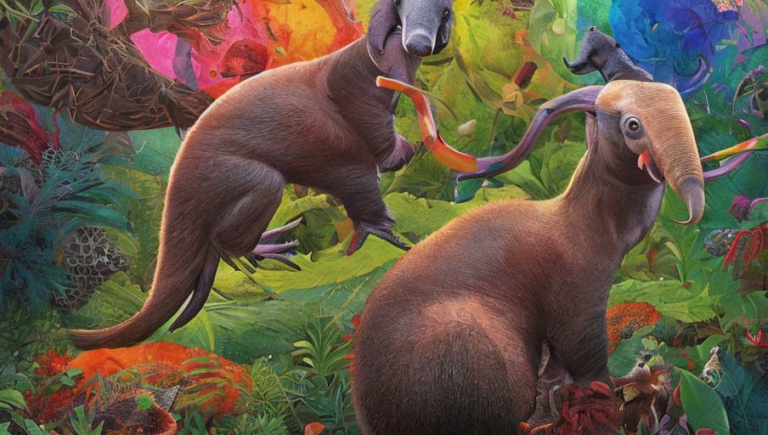Keeping Track of Dolphin Populations

Introduction
Our oceans are full of amazing creatures, but perhaps none more beloved than the dolphin. With their intelligent eyes, playful personalities, and fascinating social behavior, dolphins have captivated the hearts of many. But not only are dolphins beautiful and playful animals, they are also important to our planet’s health and wellbeing. Dolphins are apex predators and are essential for maintaining the delicate balance of their marine environments. It is important to protect them and understand their populations in order to ensure their wellbeing.
What Is Dolphin Population?
Dolphin populations refer to the number of dolphins in a certain area. It is important to understand the size of the population in order to understand the health of the environment. A healthy dolphin population is an indicator of a healthy ecosystem, while a dwindling population can be an indicator of environmental degradation.
How Is Dolphin Population Measured?
Dolphin population is measured using a variety of methods. One of the most common is aerial surveys, which involve counting the number of dolphins in an area from a plane or helicopter. Another method is to use acoustic surveys, which involve listening for the clicks and whistles of dolphins to estimate the size of their population. Scientists also use satellite imagery to count the number of dolphins in an area.
How Are Dolphin Populations Monitored?
Dolphin populations are monitored through a variety of methods. Scientists use mark-recapture studies to monitor the size of the population and track changes over time. This involves capturing a sample of dolphins, marking them, and then recapturing them at a later date to compare the number of marked dolphins and the number of new dolphins. Scientists also use photo-identification to catalog individuals and track changes in their populations. This involves taking photographs of dolphins and using them to identify individual animals.
How Are Dolphin Populations Affected?
Dolphin populations are affected by a variety of environmental factors. Pollution and overfishing can decrease the size of their population by reducing prey availability and damaging their habitats. Climate change can also have an effect, as it can alter ocean temperatures and currents, which can have an effect on the dolphins’ food supply. Additionally, some dolphin populations are threatened by human activities such as hunting, fishing, and boat traffic.
Conclusion
Dolphins are beloved creatures and it is important to understand their populations in order to ensure their wellbeing. By monitoring and understanding their populations, we can ensure that their habitats are protected and that their numbers do not decline. Through the use of aerial surveys, acoustic surveys, mark-recapture studies, and photo-identification, we can get a better understanding of the health of dolphin populations.





